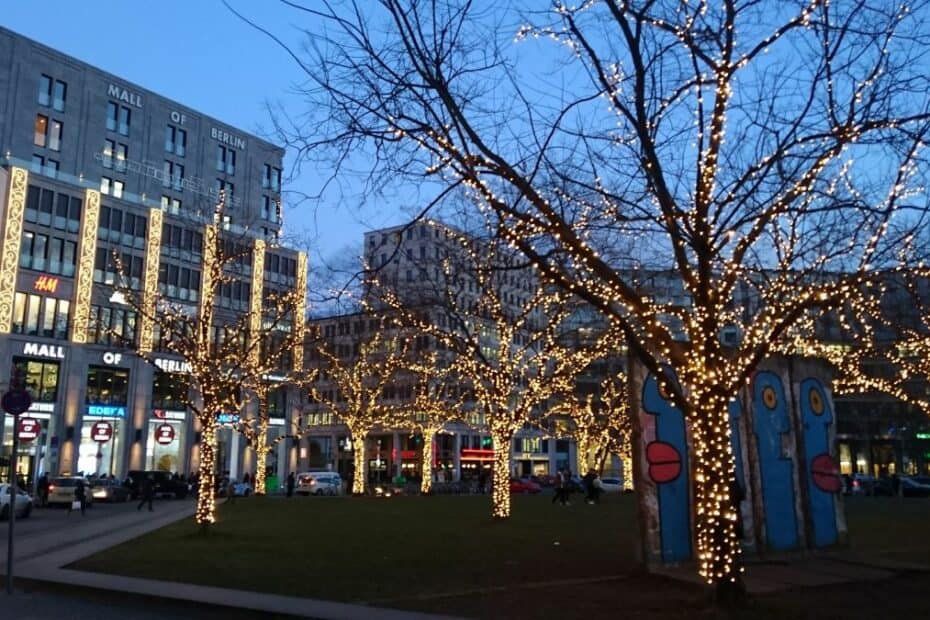Berlin, a city with a cinematic history as rich and layered as its checkered past, has been a muse for filmmakers since the dawn of cinema. From the silent films of the Weimar Republic, through the city’s division into East and West, to the reunification, Berlin’s narrative has been captured on film in myriad ways. The city’s cinematic landscape has given rise to some of the most iconic films in history, reflecting its political, cultural, and emotional transitions. Some films are more known than others, and this list of the top 10 films in the Grey City doesn’t necessarily include the most famous ones.
10. Germany Year Zero (1948)
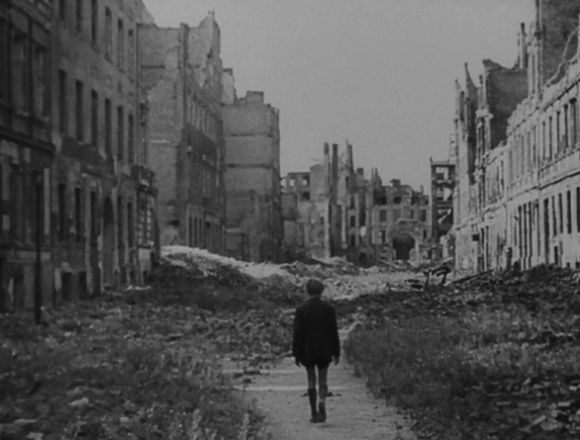
The third film of Roberto Rossellini’s war trilogy following Rome, Open City and Paisan is the bleakest of the trilogy. The depiction of young Edmund trying to navigate war-torn Berlin is hardly a beacon of hope. This was young Edmund Moeschke’s only screen appearance, but it was enough to engrain him in spectators’ minds for years. The film was shot both on location and in the studio, marking it somewhat of a disruption with the neo-realist methods. Reactions to the film were mixed, with some deeming it melodramatic. In any case, it remains a powerful work and spawned a sequel of sorts. More about that later.
9. Menschen am Sonntag (1930)
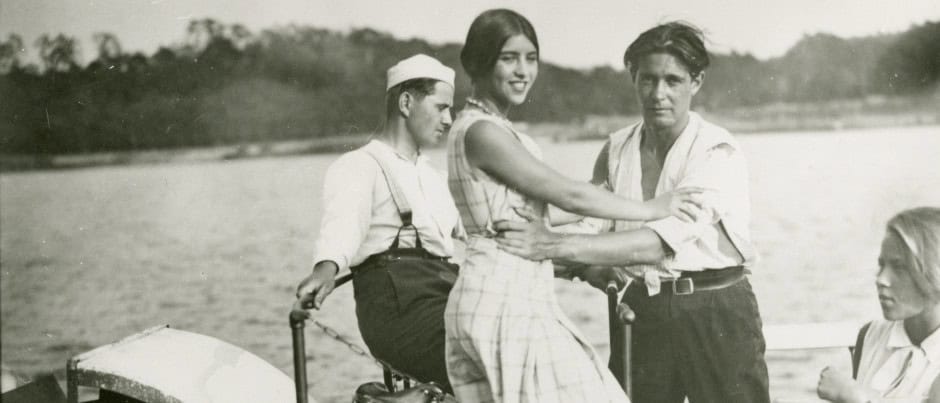
The amusing Menschen am Sonntag (People on Sunday) was directed by Robert Siodmak and Edgar G. Ulmer with a script by Billy Wilder. Eugen Schüfftan was the cinematographer, and Fred Zinneman was his assistant, so the film was made by several future Hollywood personalities. Since the film is from 1930, it has nothing to do with the contemporary draconian laws of what activities are not allowed on Sundays in Germany. The loose story is about a group of people trying to enjoy their weekend. The film is short and constantly entertaining.
8. Rabbit à la Berlin (2009)
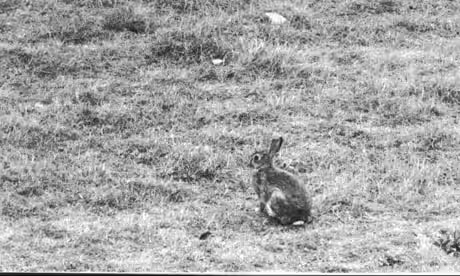
This is the most unusual film on the list. It is a documentary of sorts about the wild rabbits that lived in the no man’s land between the Berlin walls for 28 years. It was a safe home lush with grass, free from predators, and even guarded from human interference. They were trapped but content. As their numbers grew into the thousands, guards tried to remove them, but the rabbits held on. Then, one day, everything changed: the Wall came down. Suddenly, their sheltered world was gone, and they had to leave their comfortable home behind. They migrated to West Berlin, forming small colonies that still exist today.
This description makes the metaphorical side of the film more than evident. This medium-length film not only shows the rabbits but also contains commentaries from several people, including soldiers, experts, and other witnesses. It manages to paint a portrait of the living situation in East Berlin playfully without shying away from the truth. The rabbits started spreading around when the wall came down, but they were less sheltered than before. Just like with Pepe, people decided to kill off some of them. The film shows how their lives changed and that most moved to the Western side like many people did. Rabbit à la Berlin is available in German on YouTube.
7. Cabaret (1972)
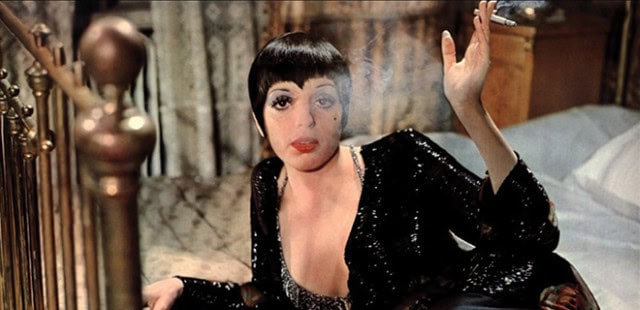
It is difficult not to include Cabaret on the list. Bob Fosse captures the city’s energy and tension during the final years of the Weimar Republic. Through the Kit Kat Club, the film contrasts the era’s nightlife with the rise of Nazism. Liza Minnelli’s performance as Sally Bowles and Joel Grey’s Emcee add to its impact. With striking musical numbers composed by John Kander and the sharp social commentary, Cabaret remains an essential Berlin classic. Maybe some people would even be able to spot differences compared to today’s society.
6. Die dritte Generation (1977)
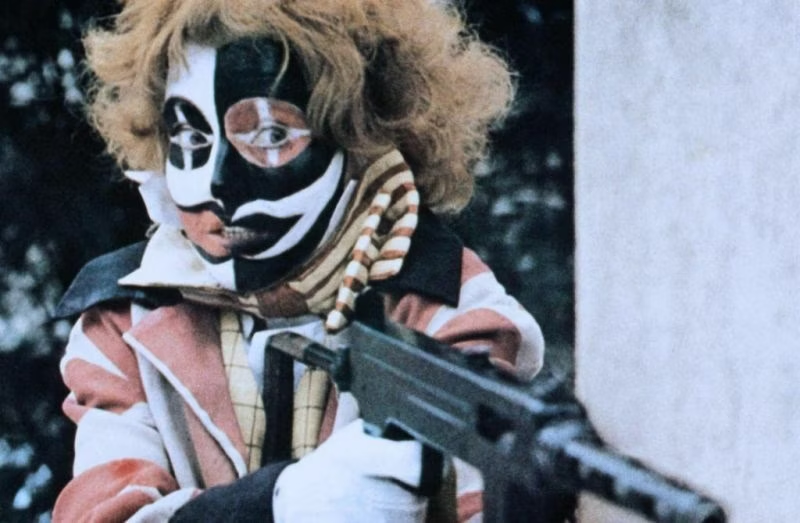
Rainer Werner Fassbinder’s Die Dritte Generation (The Third Generation 1979) is one of the director’s boldest films, taking a sharp take on terrorism in West Germany. Set in a chaotic, divided Berlin, it follows radicals driven more by boredom than ideology. Blending satire and thriller, Fassbinder critiques media influence and manipulation. The film’s fragmented storytelling and grainy, disorienting cinematography heighten its sense of paranoia. Die Dritte Generation captures the disillusionment of late-1970s Berlin, making it a thought-provoking portrayal of the city’s political tensions. Who is actually funding the terrorists? The cast includes Eddie Constantine, which also goes for…
5. Allemagne année 90 neuf zéro (1991)
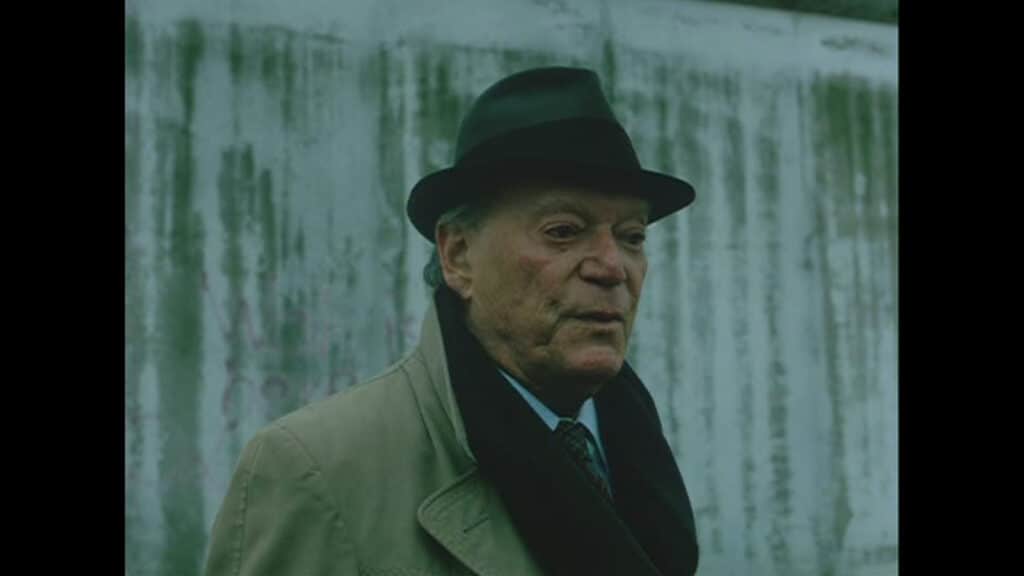
The title of Jean-Luc Godard’s Allemagne année 90 neuf zéro obviously refers to the aforementioned Rossellini film. It also harks back to the director’s previous Alphaville: Une étrange aventure de Lemmy Caution, where Eddie Constantine played a variation of his signature role, Lemmy Caution. In 1990, he is just a fish out of water as Philip Marlowe in The Long Goodbye (1973), albeit for different reasons. It is one of the first and best films about the new reality after the Berlin Wall came down. The entire film is available on YouTube with English subtitles.
4. Flight to Berlin (1984)
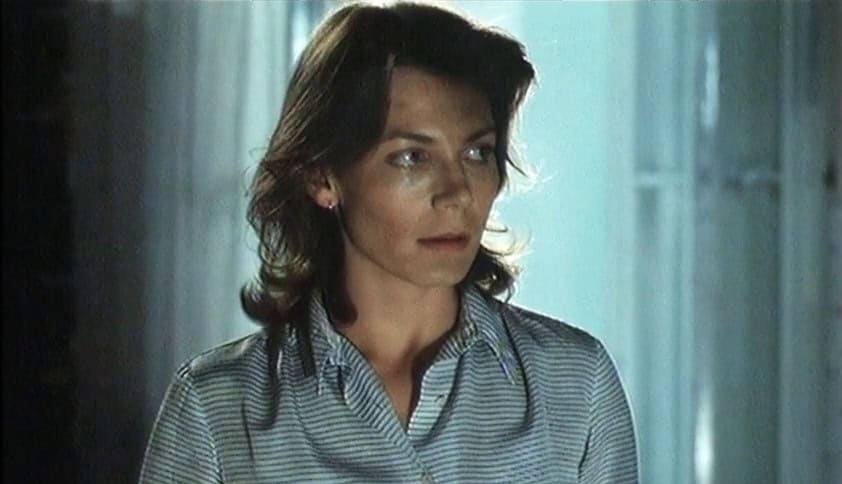
Christopher Petit’s first film, Radio On (1979), became an instant cult classic, while his sophomore effort, An Unsuitable Job for a Woman (1982), was sadly underrated. Flight to Berlin is his third film and also the third on this list that features Eddie Constantine. The storyline about Susannah (Tusse Silberg), who is whisked away from her hotel for interrogation, dives straight into mystery and essentially keeps it that way. The film captures the split city, but as I mentioned before, it’s also full of references to films by Godard and other directors. It is a film worth seeing by a director who seems to be forgotten nowadays.
3. M – Eine Stadt sucht einen Mörder (1931)
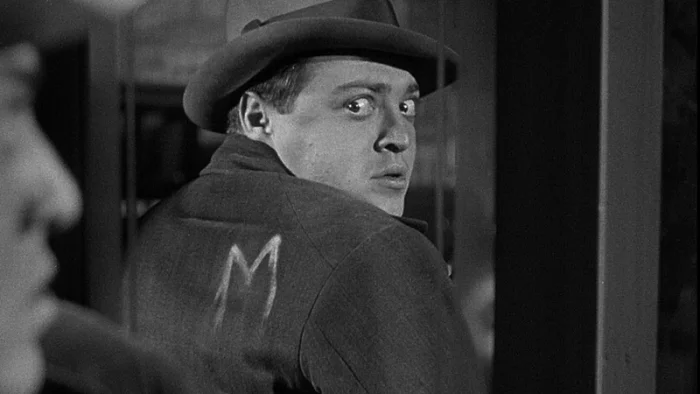
Fritz Lang’s M – Eine Stadt sucht einen Mörder (1931) is a seminal German film set in Berlin’s bustling, shadowy underbelly during the Weimar Republic. The story centres on Hans Beckert, a child murderer whose crimes disrupt the city’s fragile order. Berlin’s criminals, facing police pressure, take justice into their own hands, forming a parallel justice system. This portrayal of Berlin is both a character and a backdrop, showcasing the city’s dark, labyrinthine streets where fear and paranoia reign. The criminals’ response to Beckert’s deeds is pragmatic; they organize to capture him, not out of morality but to restore their disrupted business.
Joseph Losey made an underrated remake in 1951. That was not the only time when that director presented a film that didn’t get the reception that it deserved.
2. Possession (1981)
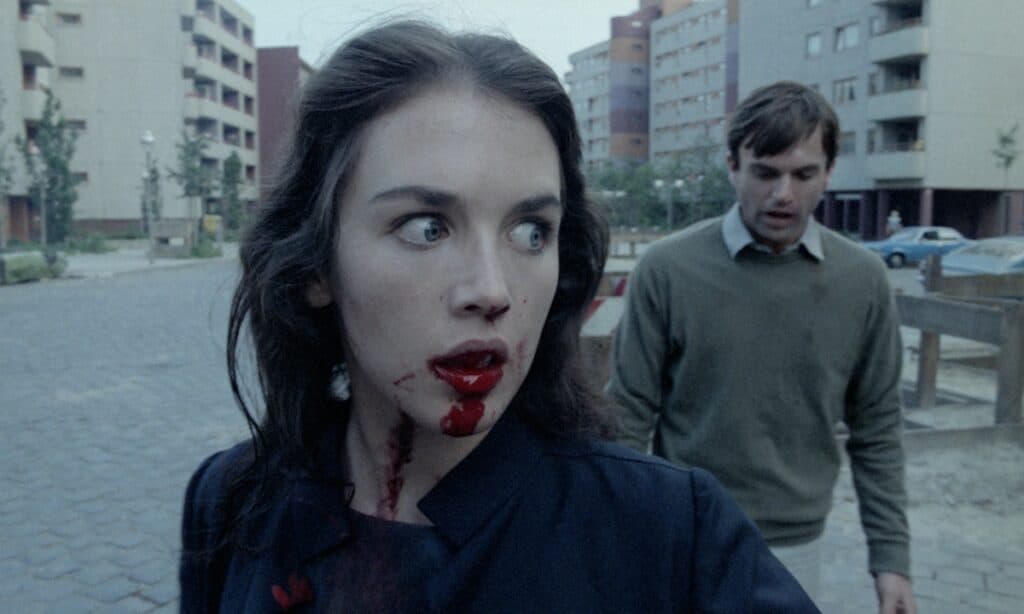
Possession is the only film in English by Andrzej Żuławski and his most well-known internationally, even if it was distributed in a truncated version in the US. The story of a spy (Sam Neill) and his wife (Isabelle Adjani) is not a film easily forgotten. That goes for the thespians as well. Adjani stated that it took years for her to recover from the shooting, and Sam Neill recently said that he “escaped that film with my sanity barely intact”. The cold war setting of Berlin has rarely felt more distressing. A pivotal scene takes place in the famous Café Einstein, which is, sadly, permanently closed.
1. Der Himmel über Berlin (1987)
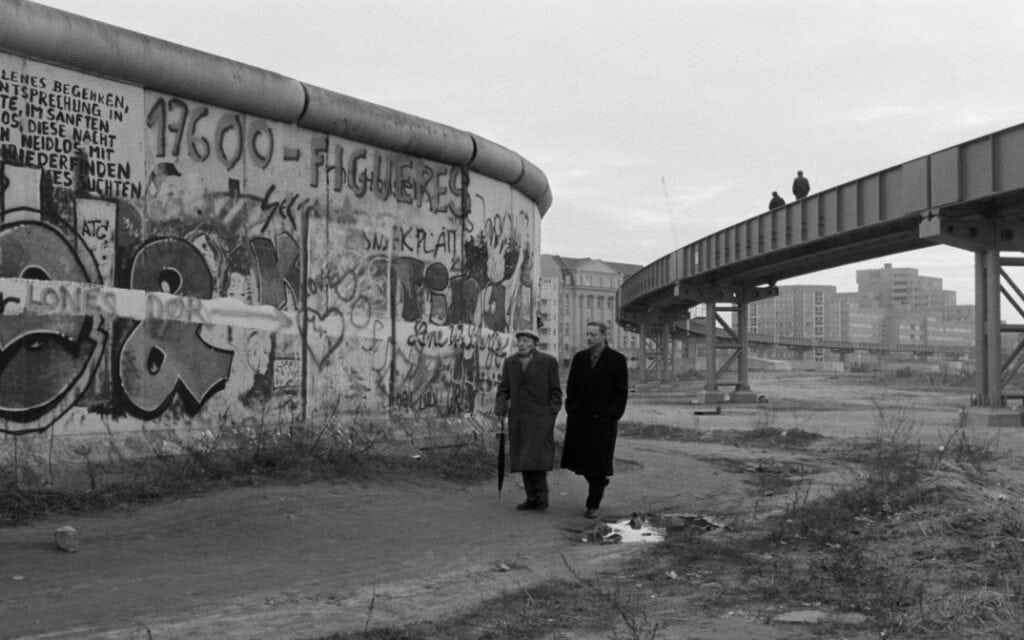
The number 1 was an obvious choice. The title Der Himmel über Berlin has nothing to do with the fact that Uber was the vehicle provider at last year’s Berlinale (now replaced by Cupra) but with two angels that descend on the city and try to grasp what it means to be human. The English title, Wings of Desire, works very well too. This romantic and philosophical film boasts splendid cinematography by veteran Henri Alekan 1He also gives his name to the cirkus that appear in the film. and wonderful performances by Bruno Ganz and Otto Sander, among others. It is Wim Wenders’ most accomplished work.
The screening in a packed Draken in Gothenburg in 1988 is one of my most treasured cinematic memories. With its giant screen, this beautiful cinema was the perfect venue for the film, and the ambience was phenomenal. It didn’t get worse when Ganz and Sanders took the stage after the screening. The portrait of Berlin is interesting at a time when Potsdamer Platz was basically a hole in the ground.
This rounds up the list of the best films set in Berlin. It remains to be seen if the future will bring more memorable films from the city.
